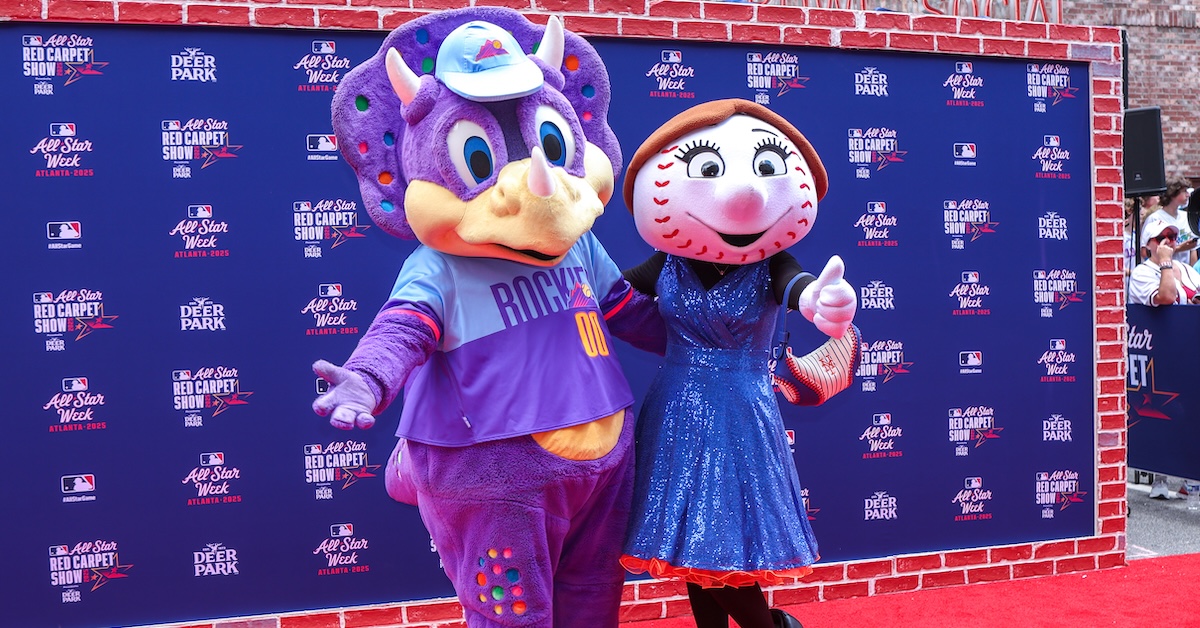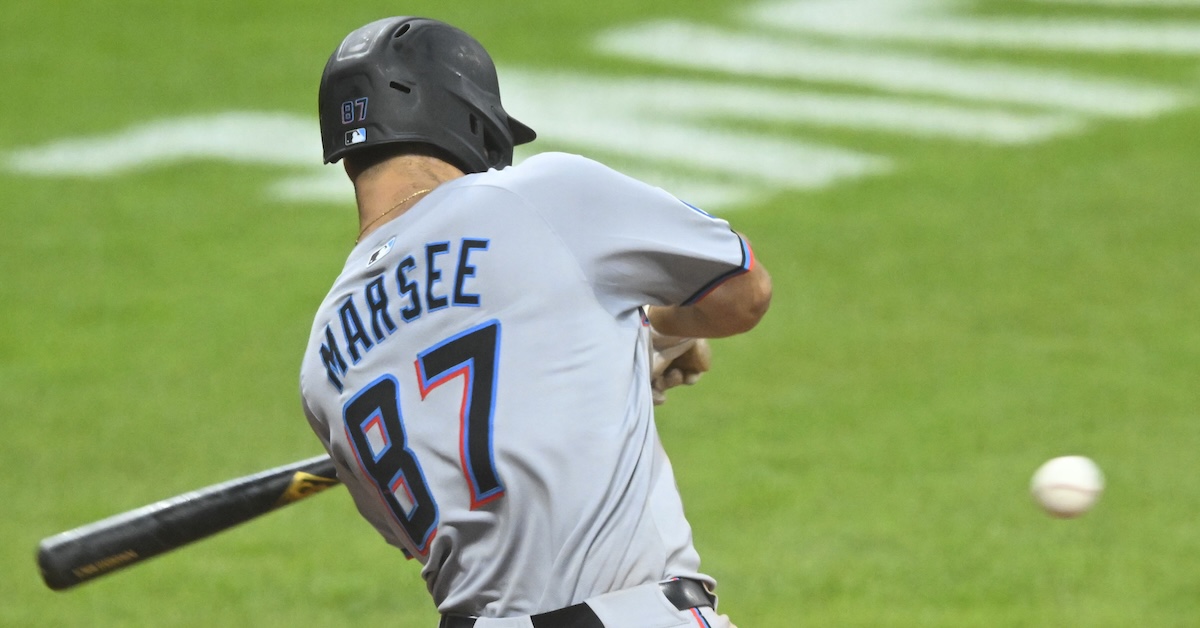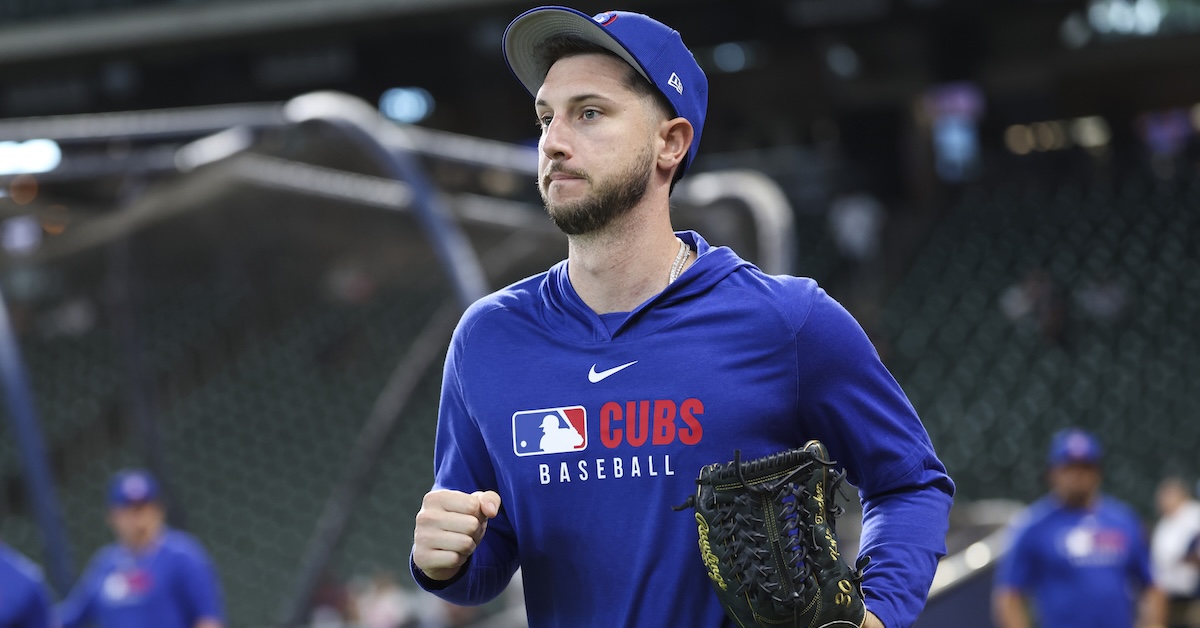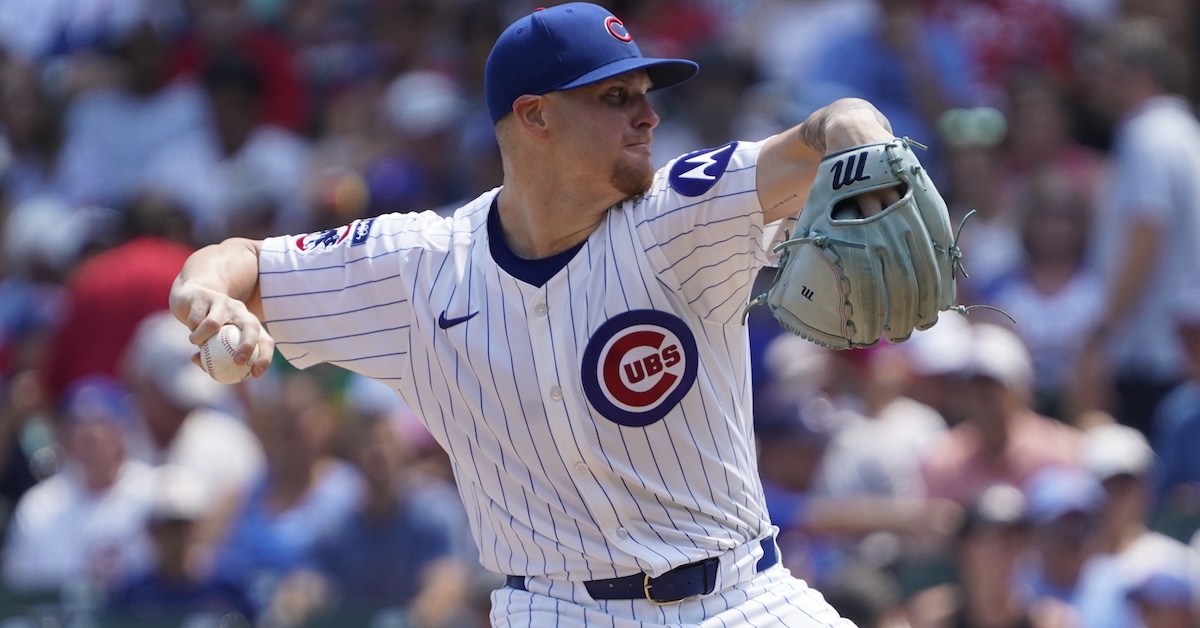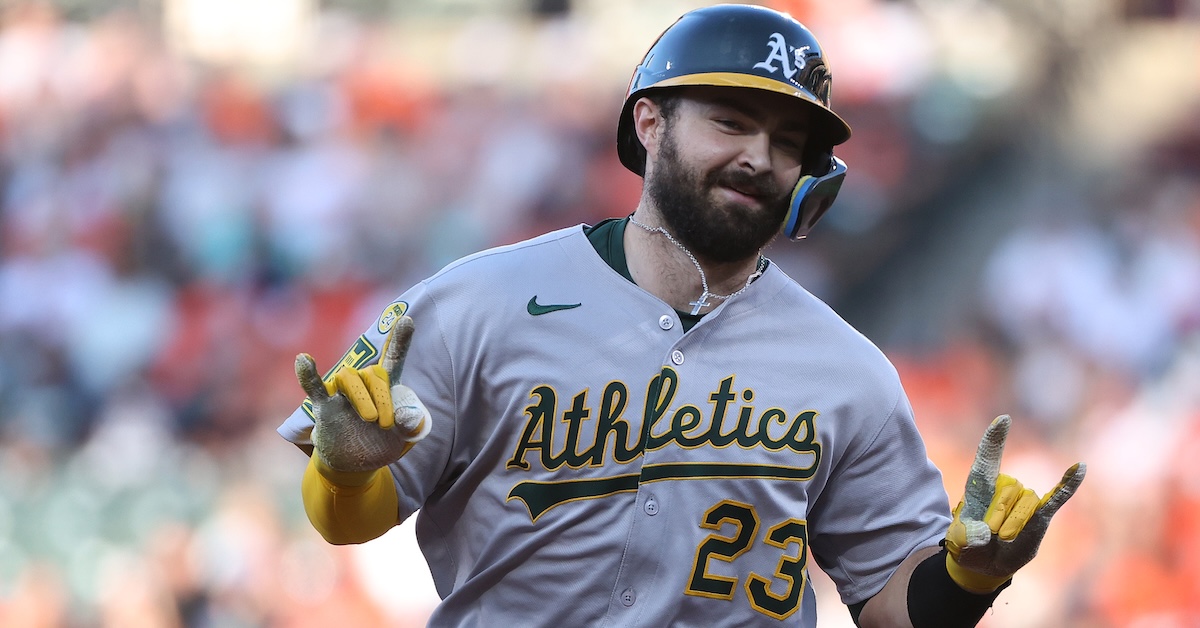Unless the Reds Do Something Wild, the NL Playoff Race Is Over
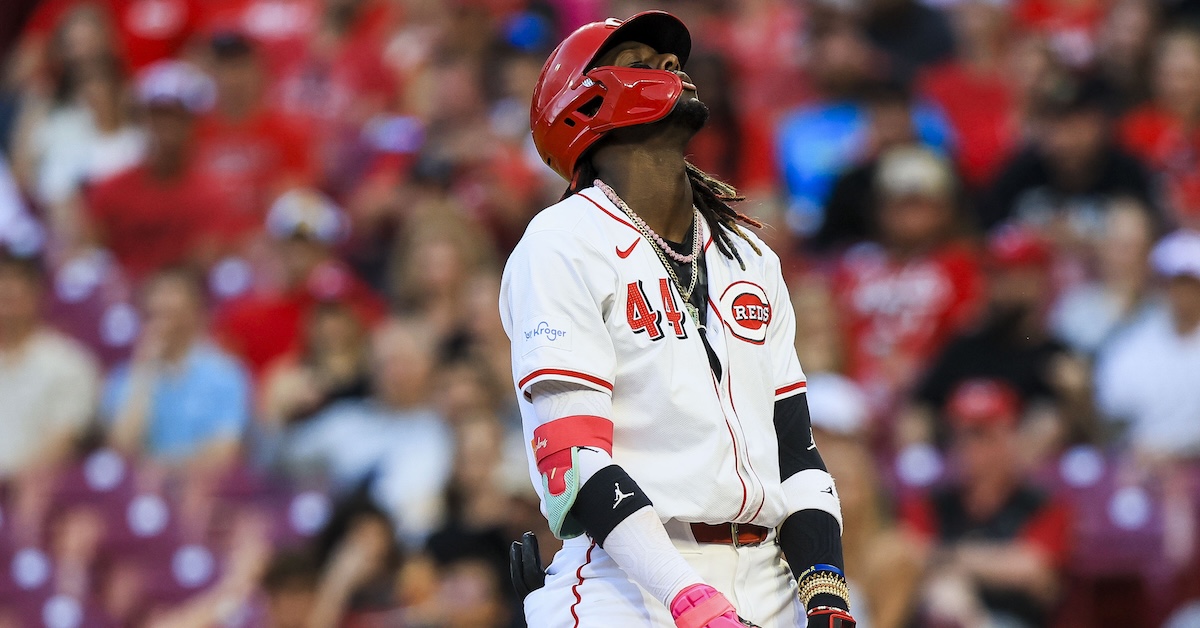
The Mets swept the Phillies this week, which made headlines for two reasons: First, the Mets have now won 10 straight against the Phillies at Citi Field, dating back to last September, and including Games 3 and 4 of last year’s NLDS. If the Phillies don’t win a game there in the playoffs, they don’t face the Mets in New York again until the last weekend of June 2026. A potential 21-month losing streak at a divisional rival is tough to swallow, though it’s good to see that everyone’s being super normal about it.
Second, it kept the NL East race alive. The Phillies entered this division matchup seven games up with 32 to play; had they won the series, they would’ve basically had the division title in the bag. As it stands now, they’re up five, with the Mets coming to Philadelphia for a four-game set in mid-September. The Phillies are still 3-to-1 favorites, according to our playoff odds, but it’s a real pennant race now.
But this sweep is most important for a reason that went a little under the radar. While the Mets were beating seven shades of you-know-what out of the Phillies, the Dodgers were doing the same to the Reds in Los Angeles. Read the rest of this entry »

